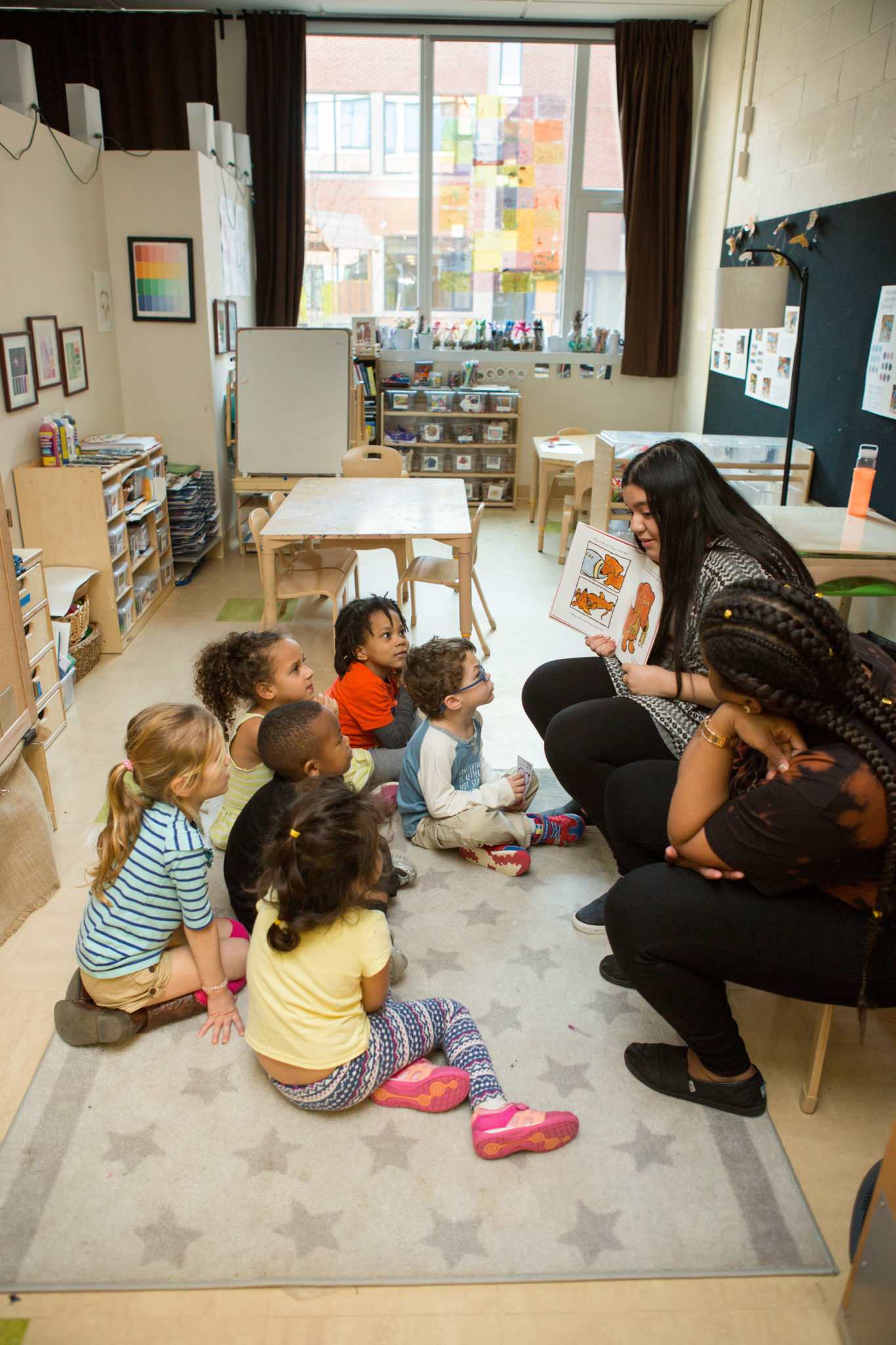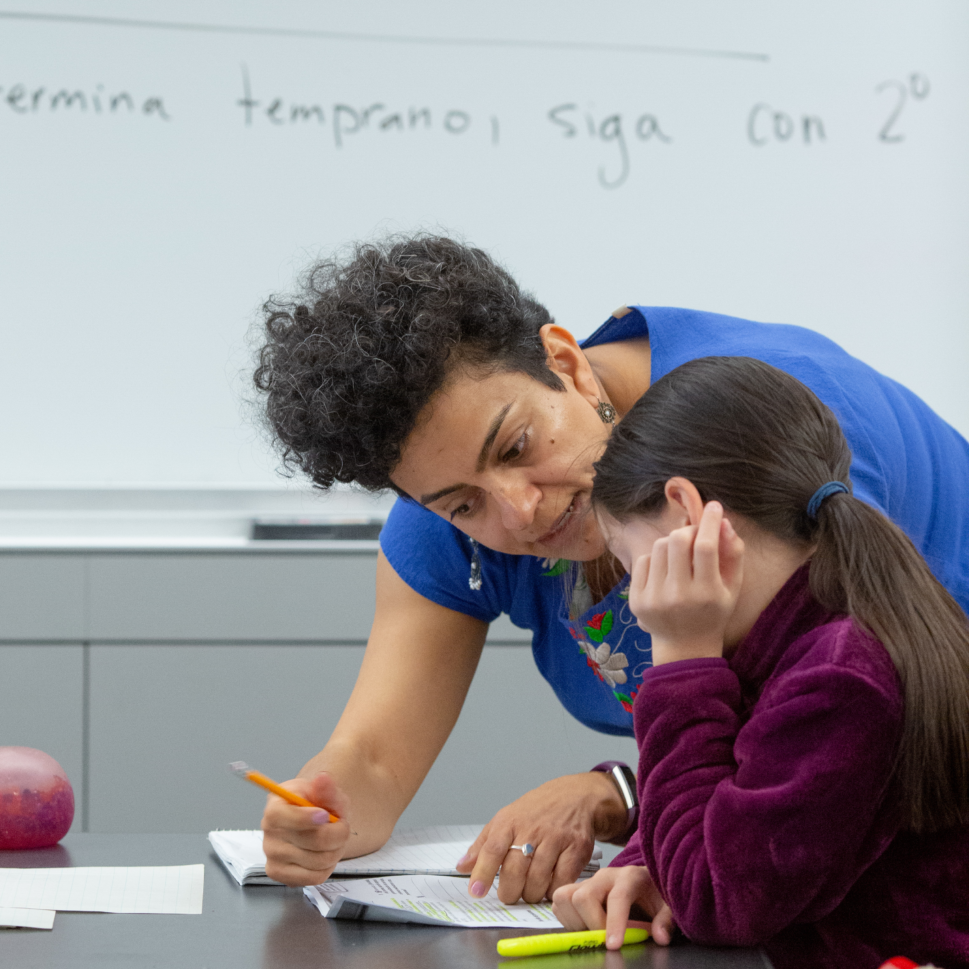A Community of
purpose
We’re bringing together a dynamic community of educators, policymakers, community members and researchers who are passionate about shaping the future of education. Through this online community, we’re sparking conversations, sharing insights, and building a movement for lasting change—because transforming education takes all of us.

A Community of
purpose
We’re bringing together a dynamic community of educators, policymakers, community members and researchers who are passionate about shaping the future of education. Through this online community, we’re sparking conversations, sharing insights, and building a movement for lasting change—because transforming education takes all of us.


NCEE’s Monthly Newsletter
Onward!
In our newsletter, you’ll find a blend of insights from research and the wisdom of practice—designed to spark ideas, inspire action, and foster dialogue. From the latest in education research and international education news to real examples of innovation and impact within U.S. schools and districts, NCEE’s Onward! is your go-to source for thought-provoking perspectives and meaningful discussions on the future of education. We hope you’ll sign up to receive the newsletter and add your voice to our discussions.
Join the conversation.
Explore more.
The pandemic has highlighted the tight connection between early childhood education and care and economic success for families and educational and social success for students. This has led to significant reforms around the world to both expand access to early childhood education and care and improve the quality of available programs.
The pandemic has highlighted the tight connection between early childhood education and care and economic success for families and educational and social success for students. This has led to significant reforms around the world to both expand access to early childhood education and care and improve the quality of available programs.
America’s most effective teachers are often not in the classrooms where they’re needed most. Some new research shows other countries face the same challenge. But there are also places to look to for solutions.
America’s most effective teachers are often not in the classrooms where they’re needed most. Some new research shows other countries face the same challenge. But there are also places to look to for solutions.
This just-released report outlines the rich conversations that took place among leaders from a set of the world’s highest-performing education systems about the impact of digitalization and other global trends on the future of work and civil society; what this means for what students should learn and how they should learn it; and how this might change the role of educators and the design of public education systems.
This just-released report outlines the rich conversations that took place among leaders from a set of the world’s highest-performing education systems about the impact of digitalization and other global trends on the future of work and civil society; what this means for what students should learn and how they should learn it; and how this might change the role of educators and the design of public education systems.
There are too many incentives for teachers to leave the classroom and not enough for them to stay, NCEE’s Jason Dougal and Ann Borthwick argue in a commentary for K-12 Dive. Dougal and Borthwick lay out a vision for an education system in which teachers’ work environment is more like that of doctors and lawyers and they are rewarded for leading the growth of their colleagues. Implementing these changes in light of current teacher shortages will attract more people to education and keep them in classrooms longer.
There are too many incentives for teachers to leave the classroom and not enough for them to stay, NCEE’s Jason Dougal and Ann Borthwick argue in a commentary for K-12 Dive. Dougal and Borthwick lay out a vision for an education system in which teachers’ work environment is more like that of doctors and lawyers and they are rewarded for leading the growth of their colleagues. Implementing these changes in light of current teacher shortages will attract more people to education and keep them in classrooms longer.




